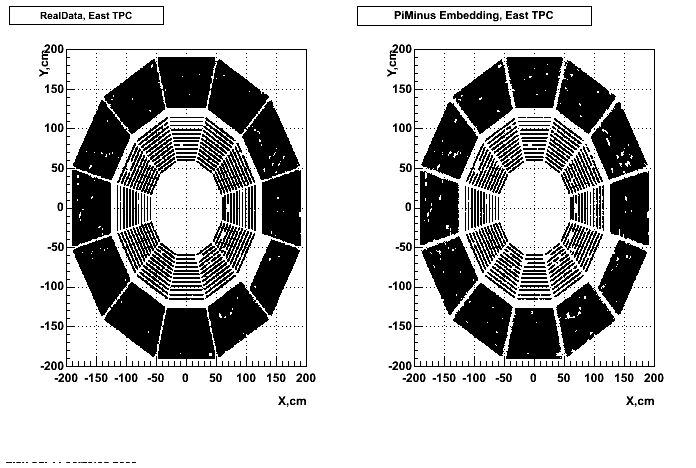computing
LSF job manager
Updated on Fri, 2009-05-15 18:27 by testadmin. Originally created by stargrid on 2006-12-26 18:35. Under:LSF job manager code below is from globus 2.4.3.
SGE Job Manager
Updated on Tue, 2006-12-26 20:24. Originally created by stargrid on 2006-12-26 18:17. Under:Condor Job Manager
Updated on Tue, 2006-12-26 20:27. Originally created by stargrid on 2006-12-26 18:06. Under:
# Globus::GRAM::JobManager::condor package
Job Managers
Updated on Tue, 2006-12-26 18:30. Originally created by stargrid on 2006-12-26 18:01. Under:The pages here will documents the needed changes or features.
Previous results - May 2002
Updated on Tue, 2007-02-27 13:30. Originally created by starembed on 2006-12-26 17:46. Under:This document is intended to provide all the information available for previous productions such that results for Quality Control studies and Productions Cross checks. Part of quality control studies include identification of missing/dead detector areas, distance of closest approach distributions (dca), and fit points distributions(Nfit). As part of production cross checks, some results in centrality dependance and efficiency are shown
Problems found and solved
Updated on Tue, 2007-02-27 14:20. Originally created by starembed on 2006-12-26 17:00. Under:Hit Level
Updated on Tue, 2007-05-22 19:52. Originally created by starembed on 2006-12-26 16:11. Under:* StEmbedHitsMaker.C
* doEmbedHits.C
* ScanHits.C
* PlotHits.C
See below the links for these macros
Jobs Done
Updated on Wed, 2006-12-27 16:06. Originally created by starembed on 2006-12-26 15:09. Under:P05id
Updated on Tue, 2007-02-27 12:46. Originally created by starembed on 2006-12-26 15:02. Under:P05id Cu+Cu Embedding
Hit level check-up : At the Hit level the results look in good agreement.
- Missing/Dead Areas (PiMinus): The next graphs show dead sectors for embeded data and real data as well.
- Your SSH connections are closed from home
- You get disconnected from any nodes without any reasons?
- ... and you are a PuTTY user
- ... or an Uglix SSH client user
- Two layers of active pixel sensors followed
radially outward by a layer of ALICE
style pixels (the HPD) located at a slightly larger radius than its present
location, followed by the existing STAR SSD. - Two layers of active pixel sensors followed
radially outward by the IST1 and IST2 layers both at somewhat smaller radii
than presently proposed, followed by the existing STAR SSD.
|



























